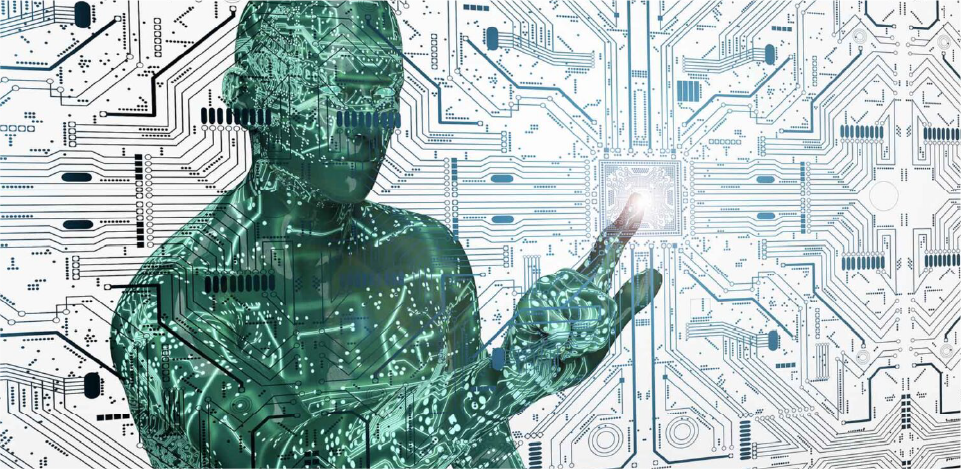
Legal Status of Midjourney AI Products
With the widespread use of creative artificial intelligence algorithms, we are witnessing an easier production of content such as music, paintings, video animations, etc., alongside a significant increase in both quantity and quality. This development provides businesses in creative industries, technology startups, gaming companies, advertising, and marketing services with an unparalleled resource. In particular, Midjourney AI, which offers time, cash, and labor savings, can produce products suitable for display on mobile apps or websites. As its usage becomes more widespread, the legal implications have sparked curiosity among tech literates. So, how does Midjourney AI fundamentally work, and what does it offer to its users?
Midjourney AI is based on Generative Adversarial Networks (GAN), a type of generative artificial intelligence model. GAN algorithms work by processing a wide variety of data, typically in visual or videographic formats, to generate entirely new content. The more diverse the training data pool for GAN algorithms, the greater the variety and originality of the outputs. Midjourney AI, based on GAN technology, is a creative AI that generates images from text (“Text to Image”), offering users various visual options. So, how does a user interact with Midjourney AI? Users input a description using any word, phrase, or sentence in the relevant section of the application, and the app produces multiple outputs in a particular style that match these expressions. Users can then download these outputs to their devices, within the scope of their membership, and use them as desired. This is precisely why the legal protection of Midjourney AI’s outputs and the determination of who holds the copyright, if any, are of significant practical importance.
Due to the fact that Midjourney AI outputs are generally in visual and video-animation formats, it is important to note that the applicable law in Türkiye is the Law No. 5846 on Intellectual and Artistic Works. According to this law, all intellectual products that qualify as works are protected by copyright. There are specific criteria for determining whether something qualifies as a work: it must belong to one of the following categories -literary, scientific, musical, fine arts, or cinematographic works- and it must exist in a form that can be perceived by third parties. There is no doubt that AI-generated outputs qualify as works and exist in a form that can be perceived by third parties. The main point of debate, however, lies in whether Midjourney AI outputs contain the element of “originality.”
Since the concept of originality is not explicitly defined in the relevant legislation, we rely on precedent and case law, where it is interpreted through notions such as creativity, uniqueness, and non-ordinariness. Accordingly, the question arises as to whether AI algorithms like Midjourney AI can produce works that embody creativity -because the type of creativity protected under the law has, until now, been understood exclusively as human creativity. However, it must be acknowledged that non-human entities are also capable of producing outputs that exhibit creative qualities. This undoubtedly calls for an interdisciplinary approach, integrating the neuropsychological dimensions of creativity with the philosophical foundations of law. Only then can we gain a clearer understanding of how and under what conditions human beings create works that embody originality- and only then can we scientifically compare human creativity with that of artificial intelligence. Although the matter remains controversial within the legal sphere, according to current guidelines issued by the European Commission, the UK Intellectual Property Office, and the United States Copyright Office, outputs generated by creative AI systems such as Midjourney AI are not yet eligible for copyright protection under existing legislation.
Since AI-generated intellectual products are not currently eligible for copyright protection, neither the user of Midjourney AI nor the Midjourney company itself can assert any legal rights over such outputs. However, we believe that this stance is likely to evolve in the near future and that a clearer, more coherent framework will be established.